An upcoming exhibition will prove to be a crash course in the indigenous arts and crafts of the country, besides satiating your fix for all things desi
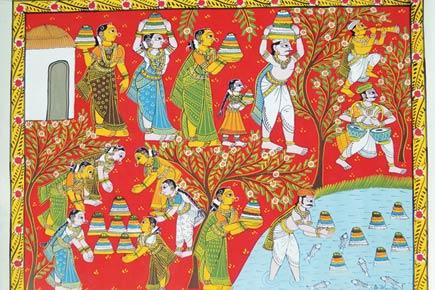
![]() Next weekend, if you drop in at the Paramparik Karigar exhibition at World Trade Centre, you will spot over 50 creations handcrafted by 100 artisans and weavers from across the country. These include vases in Bidri work from Maharashtra, leather puppets from Andhra Pradesh, silver and stone jewellery from Himachal Pradesh along with Assamese, Ikat and Maheshwari weaves.
Next weekend, if you drop in at the Paramparik Karigar exhibition at World Trade Centre, you will spot over 50 creations handcrafted by 100 artisans and weavers from across the country. These include vases in Bidri work from Maharashtra, leather puppets from Andhra Pradesh, silver and stone jewellery from Himachal Pradesh along with Assamese, Ikat and Maheshwari weaves.
In its 20th year, the annual exhibition has been put together by Paramparik Karigar, an NGO established by Roshan Kalapesi and Kamaladevi Chattopadhaya, with an aim to preserve and promote traditional Indian arts, crafts and textiles. With prices of products ranging from a few hundred rupees to over a lakh, the event helps provide craftsmen a direct sustainable income, besides being a meeting place for guests to engage with them and understand their passion and commitment.
ADVERTISEMENT
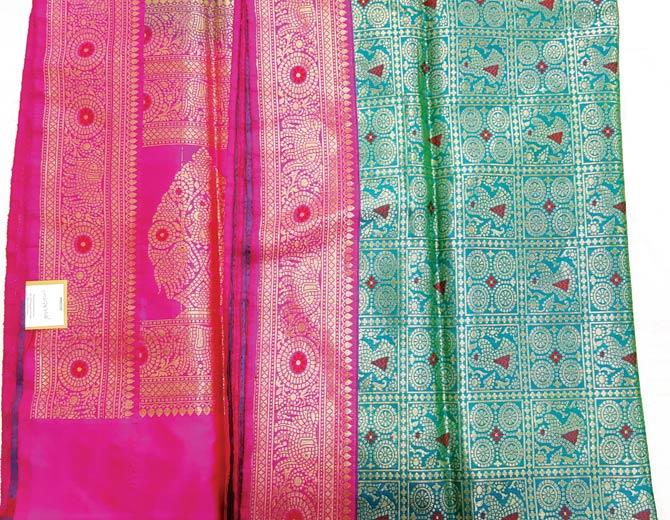
Ashavali Sari (Gujarat)
While Gujarat is known as the chief brocade-weaving centre with floral borders and geometric motifs, the Ashavali designs stand out due to their rich colour schemes, in contrast to these simple brocaded borders. The enamelled effect on the sari is obtained by weaving the patterns into the woven zari or gold thread background, with four or five coloured silk threads. Motifs like parrots, peacocks and lions, interwoven with trees and flowers, appear quite frequently in the inlay technique. The sari pallavs and corners have ornamental repeats of larger motifs.
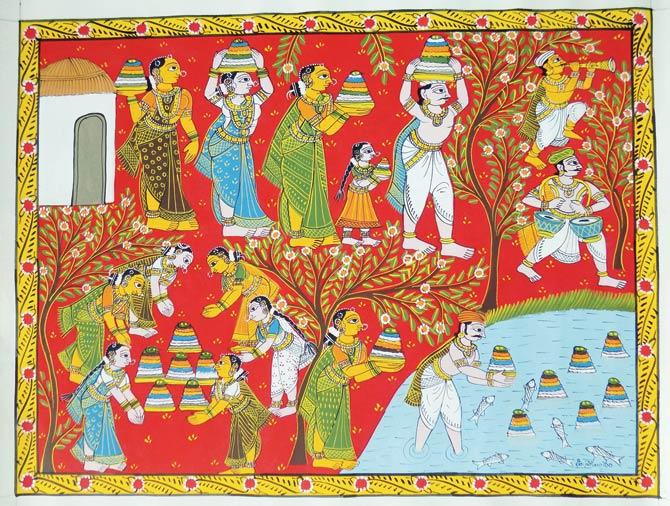
Cherial Scroll Painting (Andhra Pradesh)
A highly stylised version of the Nakashi Art made in Cherial Warangal district of Andhra Pradesh, the scrolls feature a narrative format of mythology and folklore, portrayed through a vibrant colour scheme. Akin to a film roll, the scroll is generally around three feet wide and up to 40 feet long, depending on the story. Traditionally, they were crafted in a vertical format, illustrating stories in a series of horizontal panels, with a floral border separating them. Today, there are only a few artists who continue the scroll painting, which leads to a limited availability of such paintings. At the exhibition, you’ll also find single scrolls or painted banners that can be used as wall decor.
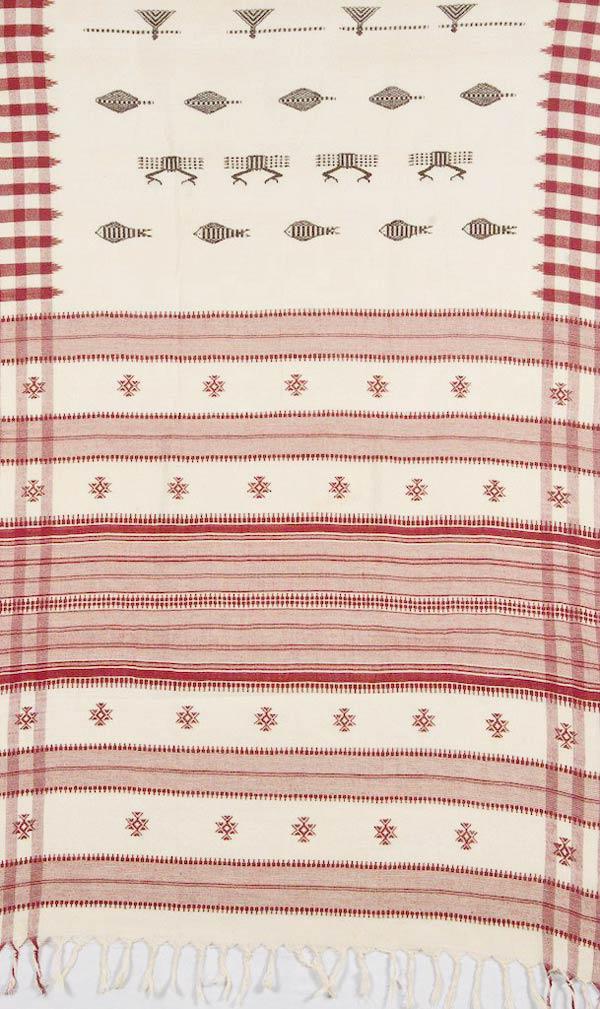
Tribal Weaving (Orissa)
A speciality of the Kotpad village in Orissa, tribal weaving is practised by the Tankas, who would weave their own clothes. The weave is characterised by two basic colours — maroon derived from the bark of Aal root and a blackish-brown from iron filings. Dyed through an elaborate process, the yarn is combined with cotton or tussore silk to weave saris, dupattas as well as stoles.

Dabu Printing (Rajasthan)
Popular among the Chippa community of traditional printers from Rajasthan, the Dabu technique is currently practised around the Bagru and Sanganer regions. The weavers traditionally worked with natural dyes to create vegetable and floral prints. The Dabu process starts by collecting and storing mud from the local pond, which is mixed with lime, gum, alum and jaggery to create a Dabu paste. The prints are executed by applying a wooden block dipped in the paste on the fabric. Depending on the design, the fabric undergoes a second round of resist printing or washing, which removes the mud paste.
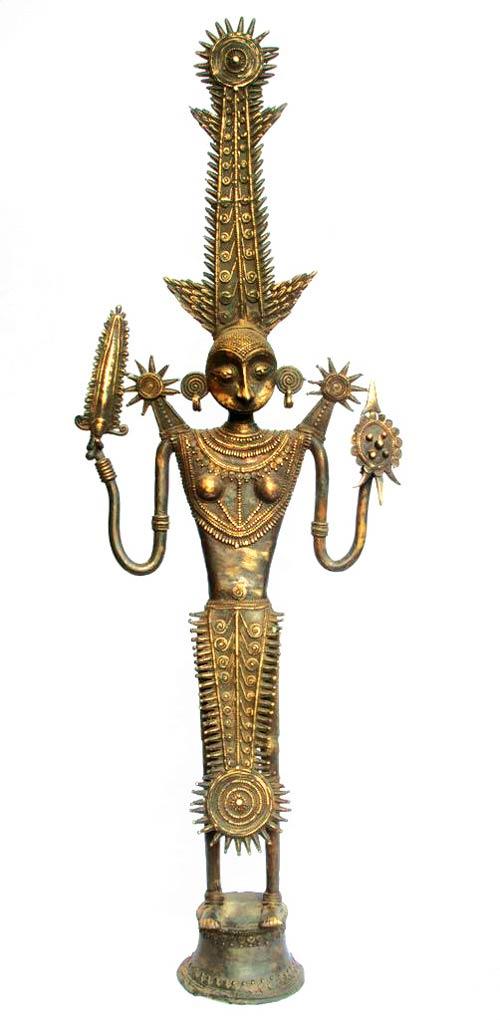
Gadwakam (Bastar)
Gadwakam features the ancient method of casting metal by the lost wax process used by the Adivasis of Bastar to create icons of worship, ornaments like anklets and necklaces, items of utility like containers and measures, oil lamps and musical instruments. The figures are characterised by elongated torsos and arms. The laborious procedure of gadwakam starts by covering a clay model with wax and adding intricate details. Another layer of fine clay is added with a hole at the bottom. When the outer shell is dry, a fire is lit around it to help the wax melt and come out of the hole. The cavity is then filled by pouring in a molten mixture of brass and bronze, which is allowed to cool, post which, the outer layer of clay is removed to reveal the object which is then filed and burnished.
From: August 19 to 22, 10 am to 7 pm
At: Expo Centre (first floor), World Trade Centre, Cuffe Parade.
 Subscribe today by clicking the link and stay updated with the latest news!" Click here!
Subscribe today by clicking the link and stay updated with the latest news!" Click here!







